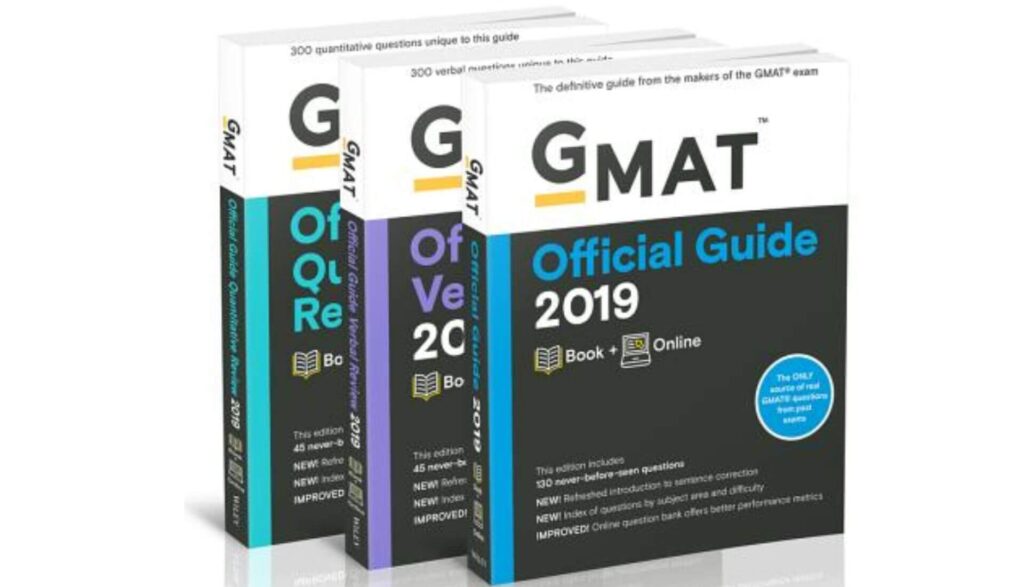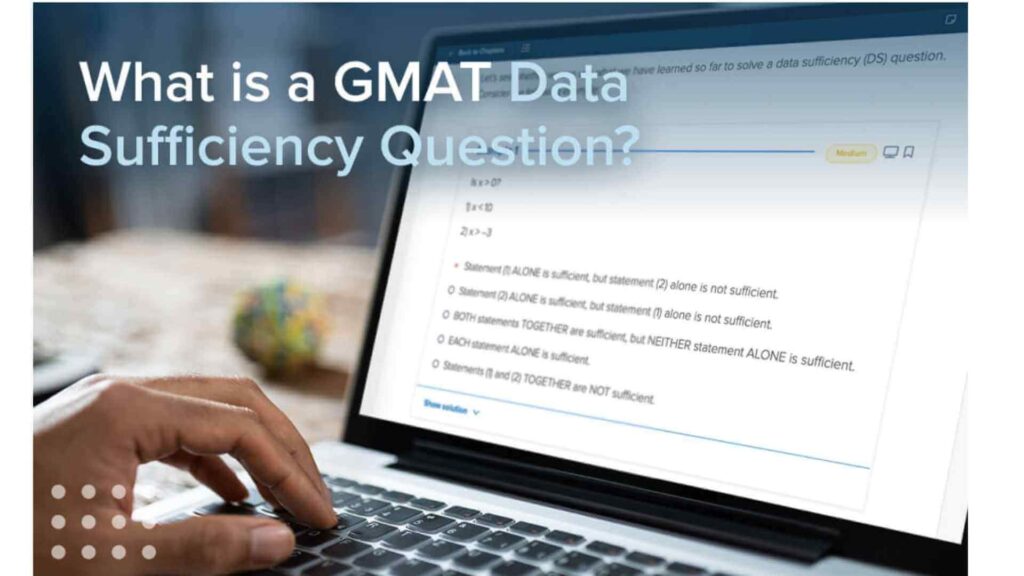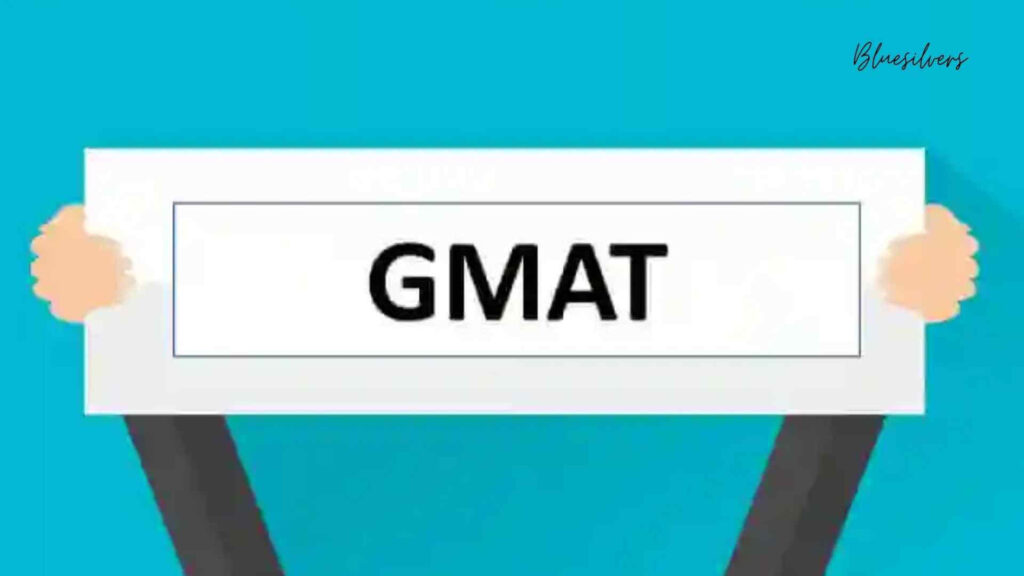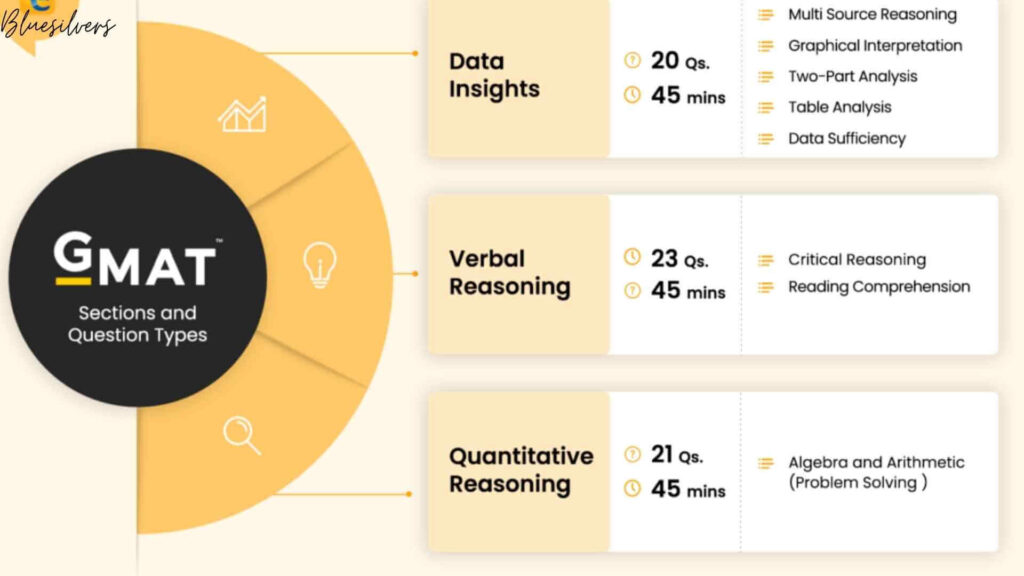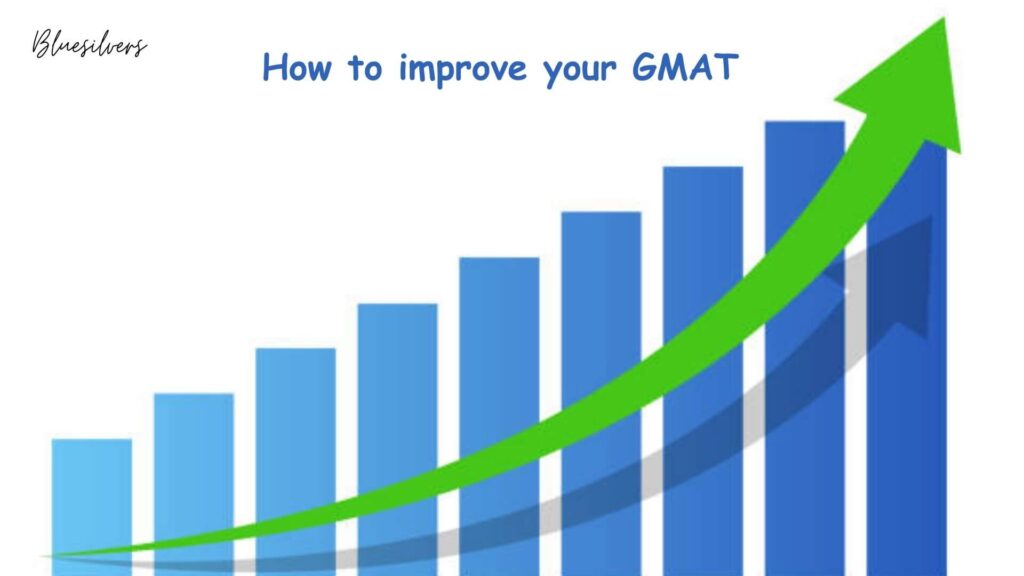Explore the GMAT Quantitative and GMAT Curriculum
The GMAT Quantitative section evaluates your ability to reason mathematically, solve quantitative problems, and interpret graphical data. To excel in this section, it’s essential to master both the content and effective problem-solving strategies. Below is an overview of shortcut techniques for problem-solving, key tactics, and a detailed explanation of the quantitative curriculum.
Table of Contents
Shortcut Techniques for GMAT Quantitative Problem Solving

- Backsolving: Start with the answer choices and work backward to see which one fits the problem. This is particularly useful when the question involves complex equations or when you’re unsure how to set up the problem algebraically.
- Picking Numbers: When variables are present, substitute them with simple numbers to make calculations easier. This technique helps in understanding the problem’s structure and can simplify complex algebraic expressions.
- Estimation: Use estimation to quickly eliminate answer choices that are far from the probable range. This is especially helpful in questions involving large numbers or complex calculations where exact computation is time-consuming.
- Recognizing Patterns: Identify common mathematical patterns or properties, such as the behavior of even and odd numbers, to simplify problem-solving. Recognizing these patterns can lead to quicker solutions without extensive calculations.
- Simplifying Complex Problems: Break down complicated problems into smaller, more manageable parts. This approach allows you to tackle each component individually, making the overall problem less daunting.
Problem-Solving Tactics for GMAT Quantitative

- Understand the Question: Carefully read the problem to grasp what is being asked before attempting to solve it. Misinterpreting the question can lead to incorrect answers, so ensure you understand all aspects of the problem.
- Time Management: Allocate your time wisely, spending no more than two minutes per question. If a problem seems too time-consuming, make an educated guess and move on to maintain your pacing.
- Use of Diagrams: For geometry questions, draw diagrams to visualize the problem. Accurate diagrams can provide insights that are not immediately obvious from the text alone.
- Logical Reasoning: Apply logical reasoning to eliminate incorrect answer choices, narrowing down the possibilities and increasing the chances of selecting the correct answer.
Quantitative Curriculum for GMAT

The GMAT Quantitative section comprises 21 multiple-choice questions, focusing on:
- Arithmetic: Topics include integers, fractions, decimals, ratios, percentages, and number properties. A solid understanding of these basics is crucial for solving more complex problems.
- Algebra: Covers equations, inequalities, functions, and algebraic expressions. Proficiency in algebra is essential for formulating and solving equations derived from word problems.
- Geometry: Involves questions on lines, angles, triangles, circles, and coordinate geometry. Familiarity with geometric principles and the ability to apply them to various shapes are tested.
- Word Problems: These assess your ability to translate real-world scenarios into mathematical expressions and solve them accordingly. They often integrate multiple mathematical concepts and require careful interpretation.
- Data Analysis: Includes interpretation of data from tables, charts, and graphs, as well as basic statistics like mean, median, mode, and standard deviation. The ability to analyze and draw conclusions from data is critical.
The GMAT Quantitative section is designed to assess your analytical and problem-solving skills rather than advanced mathematical knowledge. Focusing on fundamental concepts and practicing efficient problem-solving techniques will enhance your performance.
conclusion
mastering shortcut techniques and problem-solving tactics, along with a thorough understanding of the quantitative curriculum, will significantly improve your efficiency and accuracy on the GMAT Quantitative section.
For More about GMAT Quantitative and GMAT Curriculum, click here

